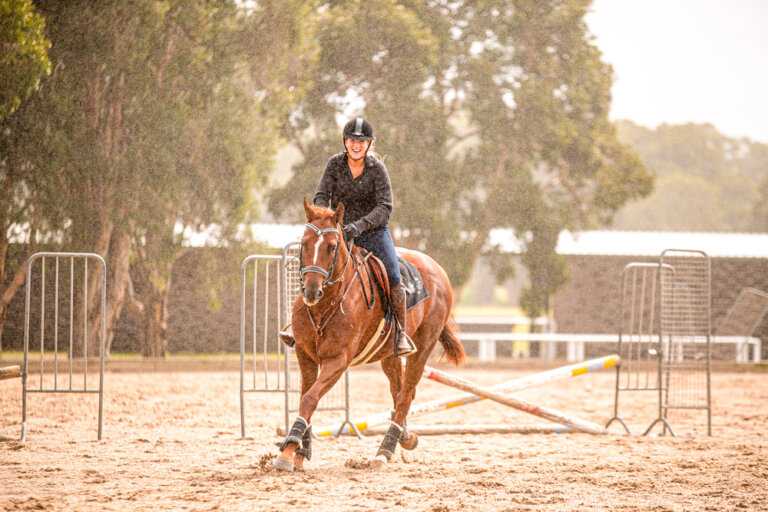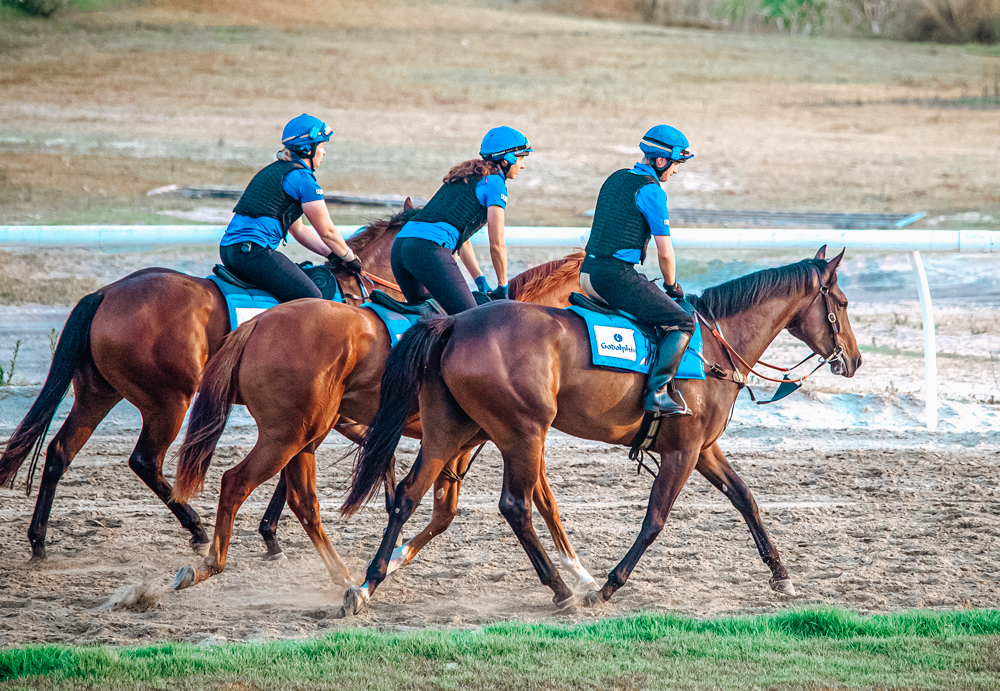Some people believe that thoroughbreds are exploited for gambling, financial gain and entertainment.
The question of whether thoroughbred racehorses are “exploited” is often raised by critics of the sport. It’s true that horse racing depends entirely on the thoroughbred; without the horse, there is no horse racing. However, to label this as exploitation requires examining the broader role of animals bred for human purposes in modern society.
Animals and humans
Since the beginning of civilisation, animals have been domesticated to meet human needs:
- Food – livestock like sheep, cows, and pigs
- Work – animals for transport, farming, and protection
- Companionship – pets such as dogs and cats
Historical Note
Dogs were likely domesticated around 33,000 years ago for protection and hunting. Livestock domestication followed when humans shifted from hunter-gatherers to agricultural communities.
Horses were among the first animals domesticated for work – used in transport, agriculture, warfare, and livestock management. Selective breeding over time created specialised breeds for heavy labour or athletic pursuits.
It costs on average $100,000 to purchase a racehorse, $3,000 to $4,000 to educate them, and between $30,000 - $70,000 per year to keep them in full training, depending on location.
Horses bred for racing
DNA research has shown that traits like speed, endurance, stress resilience, and docile behaviour were selectively bred into thoroughbreds.
As technology reduced the need for horses in work, their role shifted into sport and recreation including rodeo, jumping, and racing.
This is not simply “exploitation,” but the continuation of a purpose-driven partnership between humans and horses.
The Value and Care of Thoroughbreds
Thoroughbreds are valued for their athleticism such as racing prospects during their competitive years, breeding prospects for mares after retirement and equestrian disciplines for geldings.
Giving thoroughbreds a purpose as a racehorse ensures they maintain a high value with access to a superb standard of care backed by rules and systems protecting their health and welfare.

Costs vs Returns
- Purchase: ~$100,000
- Education: $3,000–$4,000
- Training: $30,000–$70,000 annually
- Average prizemoney (2021): $25,000 per starter
Only 5% earn over $100,000 annually; proving that racing ownership is rarely about profit alone.
Modern Society and the Animal Welfare Debate
Australia has over 29 million pets, one of the highest ownership rates globally.
Non-pet owning vegans are entitled to their opinion that animals have no place in roles that serve humans in any way.
However, the anthropomorphic argument that horse racing is exploitation, expressed by activists who are still comfortable with eating meat, owning a cat and using leather goods, is hypocrisy.
FAQs
Are horses exploited in racing?
No. While horse racing relies on the thoroughbred, these horses are bred for athletic performance and receive high standards of care. They are given purpose and value, with strict rules protecting their welfare.
How much does it cost to own a racehorse?
The average purchase price is around $100,000. Annual training costs range from $30,000–$70,000 depending on location, with education costing $3,000–$4,000.
Is horse racing only about gambling?
No. While betting is part of the industry, racing also showcases the athletic ability of horses, creates jobs, supports regional economies, and funds animal welfare initiatives.
How long have horses been domesticated?
Horses were domesticated thousands of years ago for work, transport, and companionship. Their role evolved into sports like racing as technology reduced their use in manual labour.








